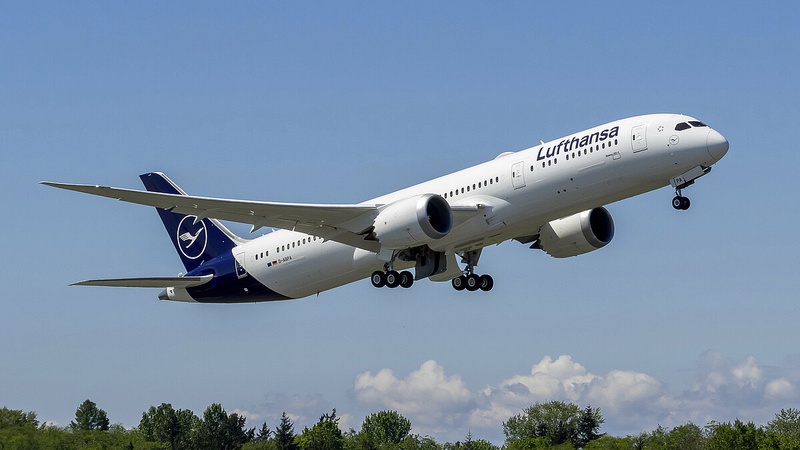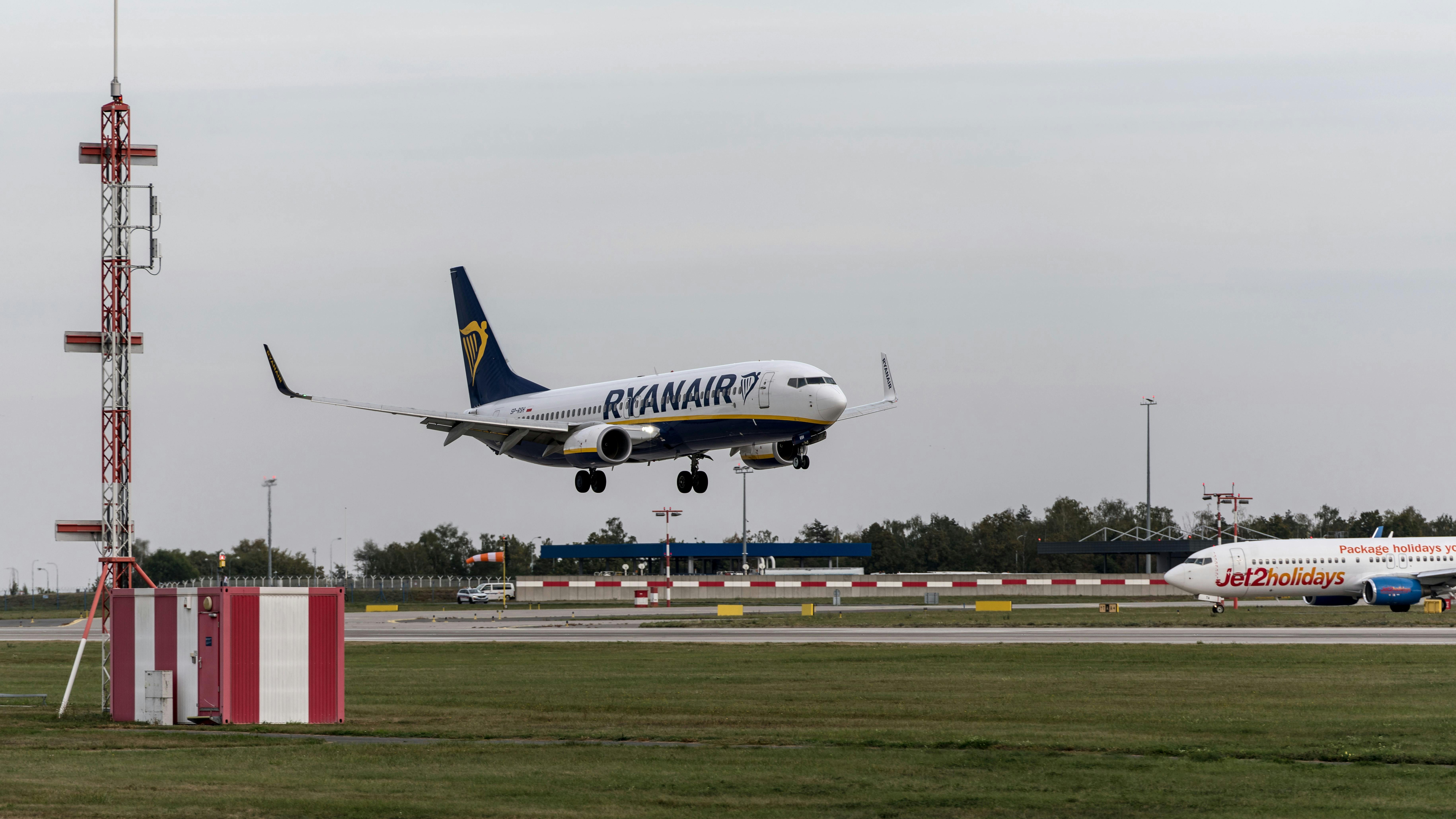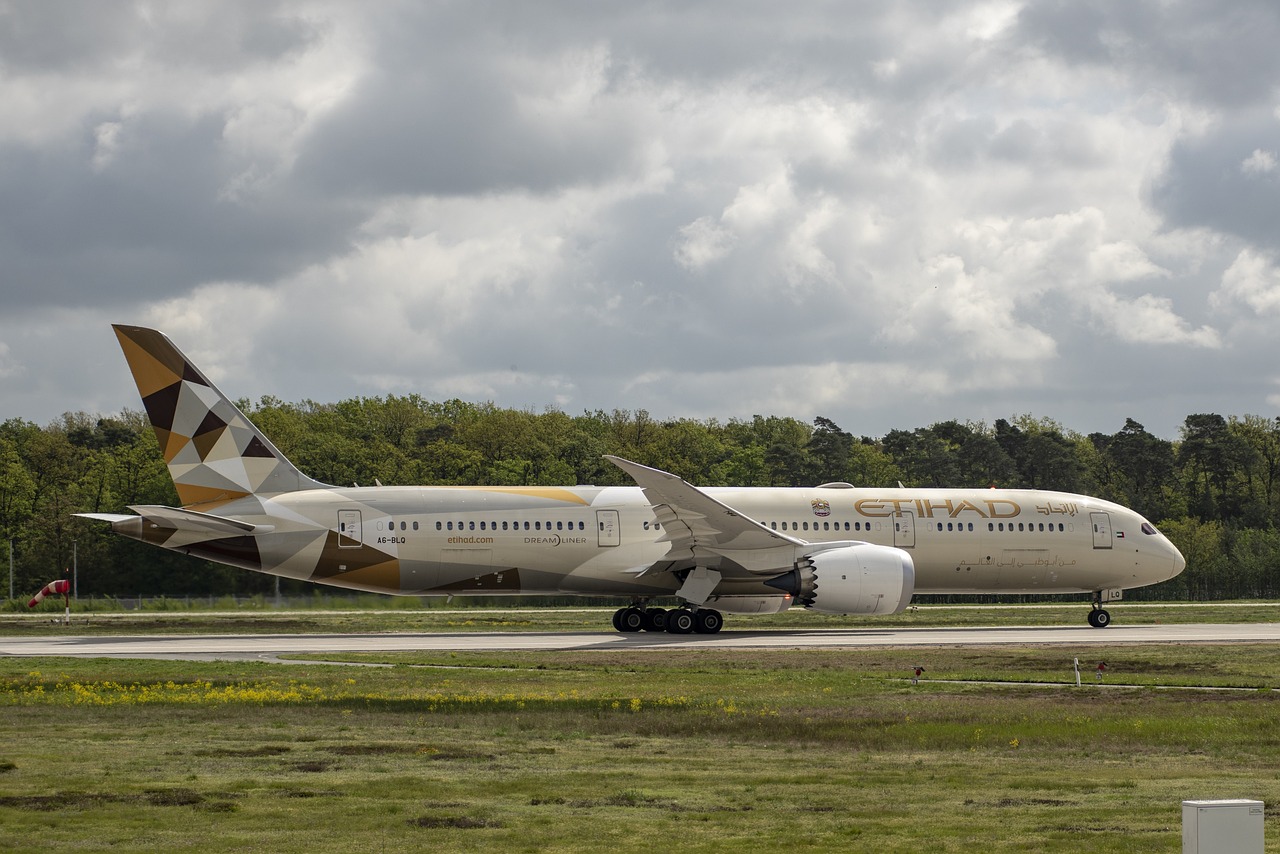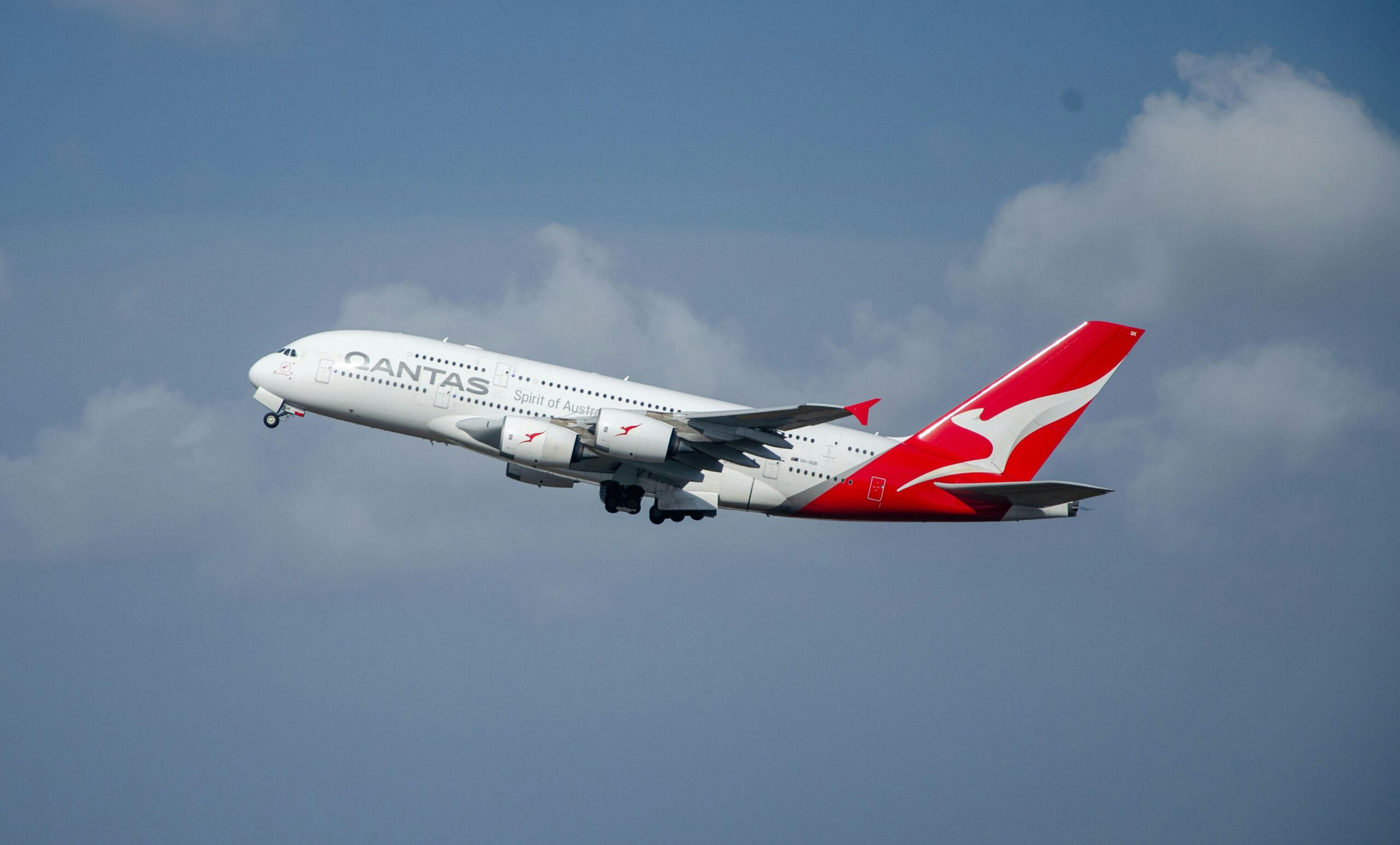Amsterdam Schiphol Airport is transforming the future of aviation across Europe. Despite intense political uncertainty, the airport moves forward. It continues to expand routes, grow traffic, and modernize operations. Consequently, Schiphol remains a critical link in global air travel.
In 2024, nearly 67 million passengers traveled through Amsterdam Schiphol Airport. As a result, it ranked among Europe’s busiest air hubs. Although it faces lawsuits and tight environmental rules, Schiphol strengthens its flight network and airline partnerships.
For example, KLM and Transavia added more flights using fuel-efficient Airbus A321neo aircraft. At the same time, they reduced flights using older Boeing 737s. Moreover, long-haul carriers increased flights with quieter aircraft like the Boeing 787 and Airbus A350. These changes allow the airport to grow while cutting environmental impact.
To support this shift, airport authorities introduced a new fee system. Therefore, airlines flying quieter, newer jets pay lower charges. In contrast, older and noisier planes cost more to operate at Schiphol. As a result, this strategy encourages greener aviation choices.
Even though the government capped annual flights at 478,000, the airport remains focused. IndiGo, WestJet, and Oman Air are launching new services. Additionally, strong alliances with major carriers ensure long-term growth across continents.
Schiphol plans to add over three million more seats in 2025. Hence, passengers will enjoy better access and more options. Despite losing a nature permit, the airport continues moving forward with confidence and clarity.
In conclusion, Amsterdam Schiphol Airport leads with bold steps and a clear vision. Its smart investments, new routes, and eco-friendly fleet upgrades ensure it stays ahead in European aviation.
Related stories:
Catch up on the top stories and travel deals by subscribing to our newsletter!











Leave a Reply